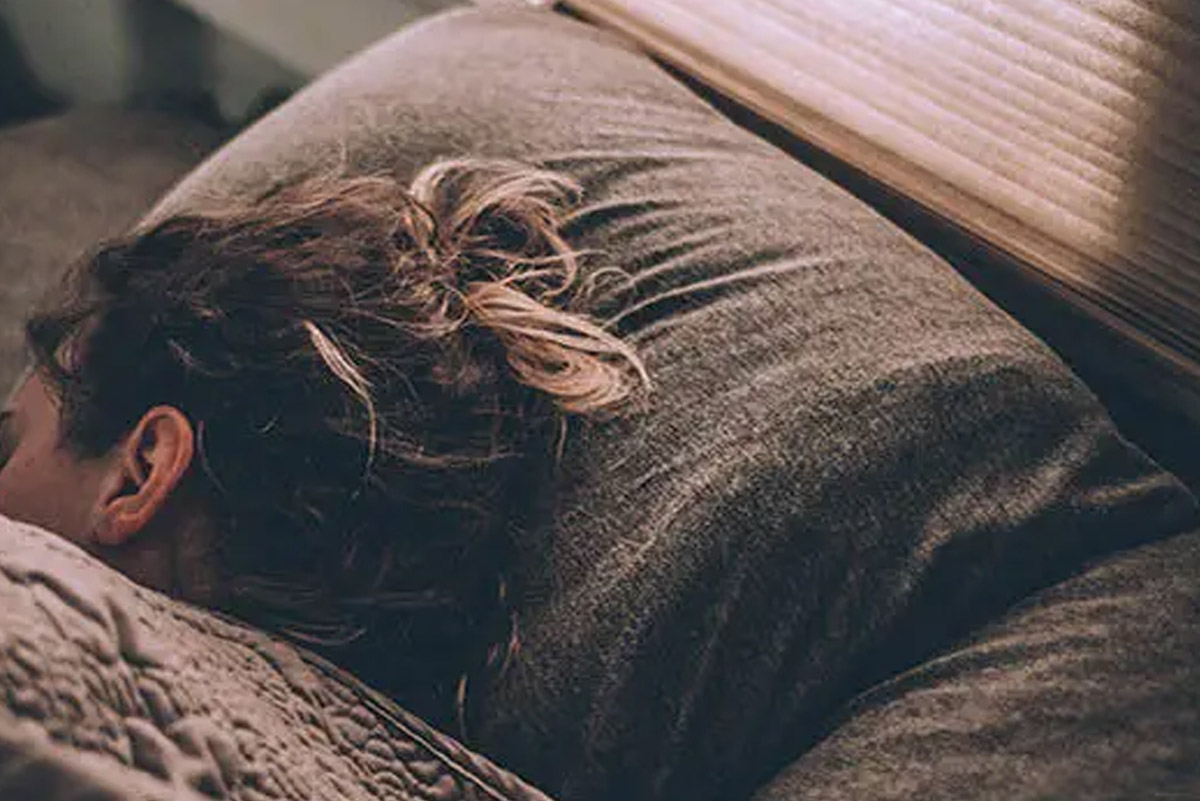Did you know that sleep apnea can contribute to a variety of eye conditions? As many as 18 million Americans suffer from sleep apnea, and studies show it is also prevalent in Canada. This sleep disorder causes interruptions in breathing during sleep, and while the primary concern is often the body’s oxygen supply, it can also have serious implications for your eye health.
What Is Obstructive Sleep Apnea (OSA)?
Obstructive sleep apnea (OSA) is the most common form of sleep apnea, caused when the muscles in your throat relax too much and block your airway. This leads to episodes of shallow or no breathing. It is more common in people with obesity, hypertension, diabetes, or heart disease, and is twice as likely to affect men.
Common Symptoms of Sleep Apnea
People with sleep apnea often suffer from:
- Excessive daytime sleepiness
- Fatigue and irritability
- Headaches upon waking up
- Difficulty concentrating or thinking clearly
- A sore throat upon waking
While snoring is a common symptom, it is not exclusive to sleep apnea, and not everyone who snores suffers from it.
How Does Sleep Apnea Affect Eye Health?
Several eye conditions are linked to sleep apnea, many of which can result in severe complications if left untreated.
Glaucoma
Glaucoma is a condition where increased pressure within the eye causes damage to the optic nerve, leading to potential vision loss. One cause of glaucoma in sleep apnea patients is a drop in blood oxygen levels during sleep. While CPAP therapy (a common treatment for sleep apnea) can help, it can also cause glaucoma, making regular eye exams essential for monitoring eye health.
Floppy Eyelid Syndrome (FES)
FES is a condition where the upper eyelid becomes unusually floppy, leading to irritation, discharge, and blurry vision. Over 90% of individuals with FES also suffer from sleep apnea.
Non-Arteritic Anterior Ischemic Optic Neuropathy (NAION)
NAION occurs when blood flow to the optic nerve is restricted. A significant portion of people with NAION also have obstructive sleep apnea. This condition can lead to vision loss in one eye, often without pain.
Retinal Vein Occlusion (RVO)
RVO, also known as an ‘eye stroke,’ is a blockage in the retinal veins. Studies suggest that 74% of patients with RVO also have sleep apnea, making it important to address sleep apnea promptly to reduce the risk of RVO.
Other Eye Health Issues Linked to Sleep Apnea
In addition to the conditions above, sleep apnea is also associated with:
- Papilledema (swelling of the optic nerve)
- Keratoconus (a thinning of the cornea)
- Central Serous Chorioretinopathy (a retinal condition)
- Dry Eye Syndrome and Bacterial Conjunctivitis (often exacerbated by CPAP machines)
What You Can Do to Protect Your Eyes
If you have sleep apnea, it’s crucial to schedule regular eye exams to monitor your eye health and prevent potential vision loss. Your eye doctor can help detect eye diseases early, especially if you are using a CPAP machine. Sharing your medical history with your eye doctor will help them provide the best care for your eyes.
Consult an Eye Doctor at Eyes on Group in Worcester
At Eyes on Group, we encourage you to schedule an eye exam to check for any underlying eye conditions that may arise from sleep apnea. Early detection can help protect your vision and improve your overall quality of life.
Frequently Asked Questions
What causes sleep apnea?
Sleep apnea occurs when the airway is blocked during sleep, causing temporary lapses in breathing. This leads to a drop in oxygen levels and interrupts sleep patterns.
What are the warning signs of sleep apnea?
Common signs include loud snoring, fatigue, morning headaches, and difficulty concentrating. However, not all people who snore have sleep apnea.
